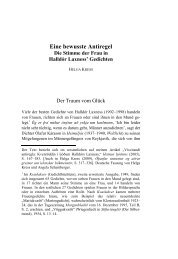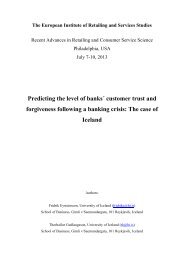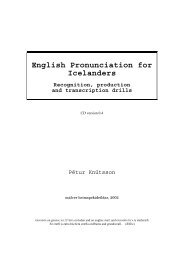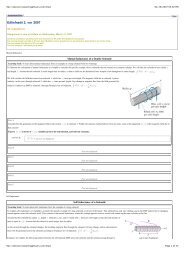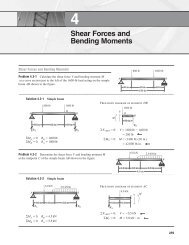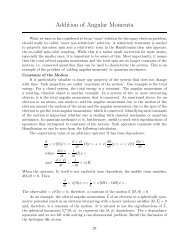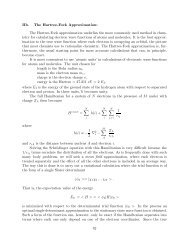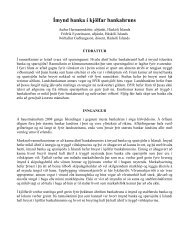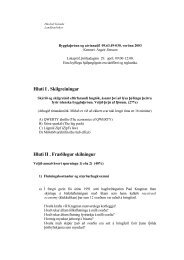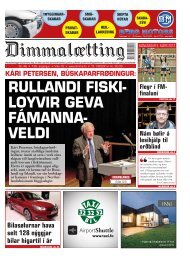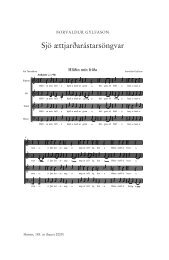MasteringPhysics: Assignment Print View
MasteringPhysics: Assignment Print View
MasteringPhysics: Assignment Print View
You also want an ePaper? Increase the reach of your titles
YUMPU automatically turns print PDFs into web optimized ePapers that Google loves.
<strong>MasteringPhysics</strong>: <strong>Assignment</strong> <strong>Print</strong> <strong>View</strong> http://session.masteringphysics.com/myct/assignment<strong>Print</strong>?assig...<br />
Express your answer numerically, to three significant figures.<br />
ANSWER: = 9.6 ohms<br />
Part C<br />
How long does it take to raise the temperature of the air in a good-sized living room by ?<br />
Note that the heat capacity of air is 1006 and the density of air is .<br />
Part C.1 Mass of the air<br />
Part C.2 How many joules<br />
Part not displayed<br />
Part not displayed<br />
Express your answer numerically in minutes, to three significant figures.<br />
ANSWER: = 16.1 minutes<br />
Actually, the heat capacity of the walls and other material in the room will generally exceed that of the air by<br />
several times, so an hour is a more reasonable time to heat the room by this much.<br />
Current and Current Density at a Junction<br />
Consider the juncion of three wires as shown in the diagram.<br />
The magnitudes of the current density and the diameters for wires 1 and 2 are given in the table. The current<br />
directions are indicated by the arrows.<br />
Wire<br />
Current density<br />
( )<br />
1 3.0 2.0<br />
2 5.0 3.0<br />
Part A<br />
Find the current in wire 3.<br />
Diameter<br />
( )<br />
Hint A.1 How to approach the problem<br />
Find the total current through wires 1 and 2. Then use the Kirchhoff's junction rule to determine the current<br />
through wire 3.<br />
Hint A.2 Kirchhoff's rule<br />
Recall that Kirchhoff's junction rule is merely another way of stating the conservation of charge over time<br />
(charge flowing into a junction must equal charge flowing out). Otherwise, there would be an infinite buildup of<br />
charge over time. Therefore, the current entering a junction is equal to the current leaving a junction.<br />
6 of 11 17/4/07 15:38



